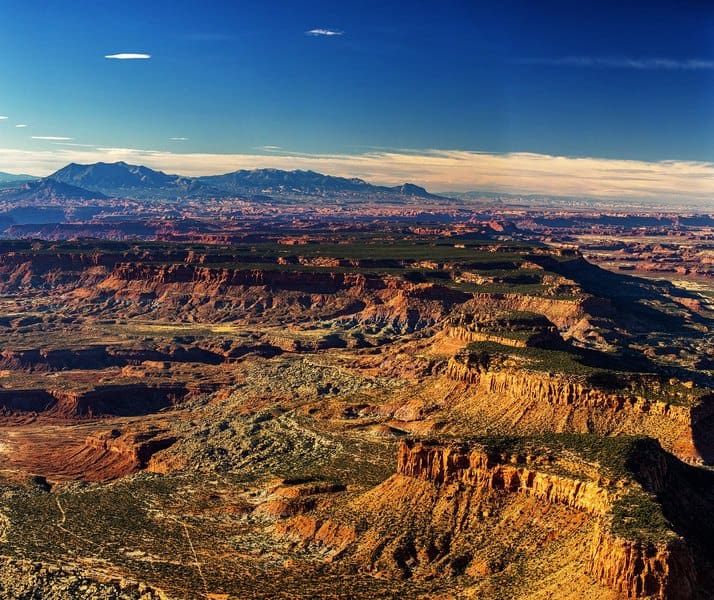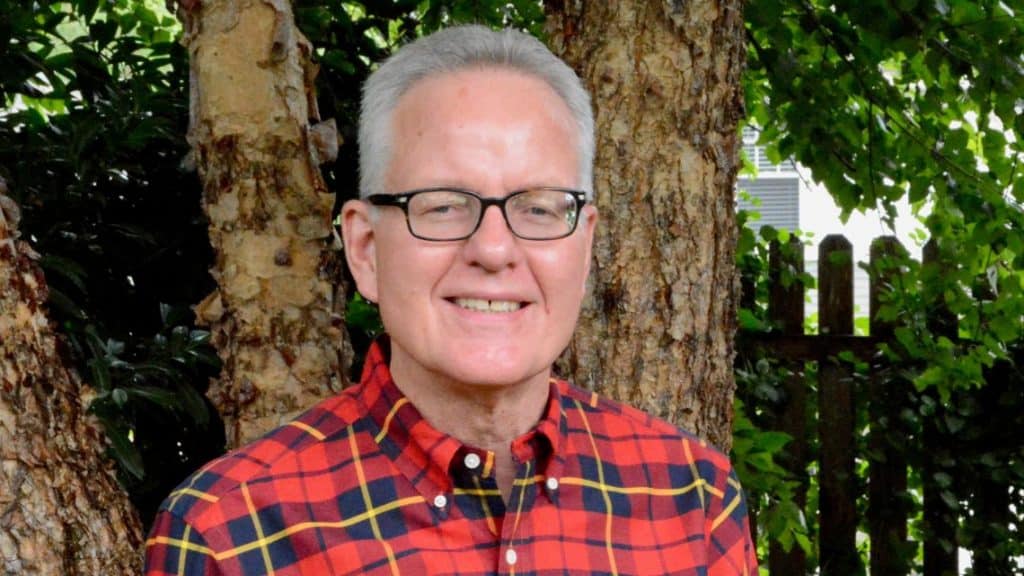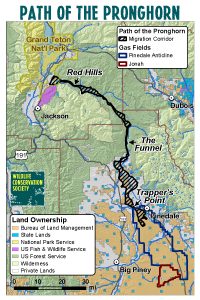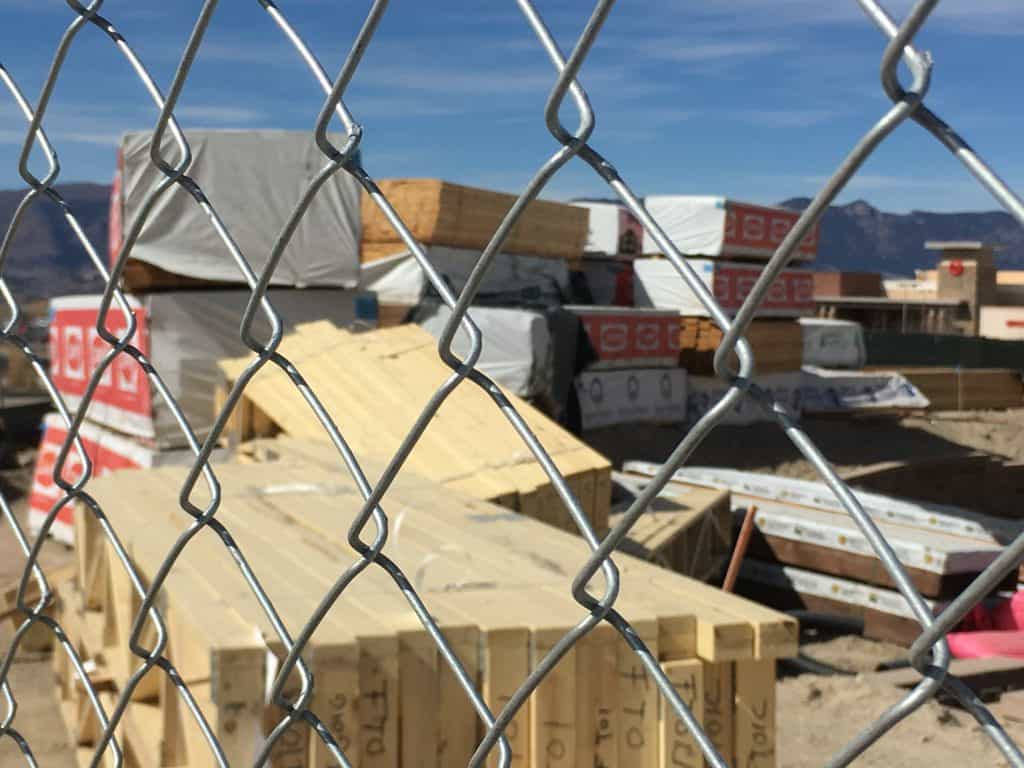
The Center for Western Priorities (a self-proclaimed “nonpartisan” group formed of partisan folks) says in their Twitter feed here:MEMO TO REPORTERS: New EPA head, Andrew Wheeler, lobbied DOI to gut Bears Ears National Monument.
A Colorado Politics piece focuses on Energy Fuel Resources, a uranium company, but also notes “Wheeler also has represented Xcel Energy, Colorado’s largest power utility, which has invested heavily in renewable energy.”
Xcel energy is responsible for the largest wind farm in Colorado at 90,000 acres and 300 turbines, story here.
But back to Energy Fuel Resources. This company first came to my attention because The Denver Post published an editorial about Energy Fuel Resources and Bears’ Ears based on a New York Times story, apparently without speaking directly withe the Energy Fuel folks for their perspective. Google tells me that Energy Fuels headquarters are 9.2 miles from the Denver Post.
Here’s EF’s side of the story as in their op-ed in response to the Denver Post here:
In response to a request for public comments, Energy Fuels sought minor boundary adjustments to create small buffers between the monument and our existing operations. Our proposed buffers would have impacted about 2.5 percent of the total land area of the monument. Trump decided to reduce the land by 85 percent. That was not our request.
Energy Fuels holds no properties or material financial interests inside the monument’s original or existing boundaries. Two years ago, we sold all our claims in the area to a tiny, micro-cap exploration company as part of a larger package of mining properties, mostly in New Mexico. Those claims, which were later included in the monument designation, hold no mineralization of interest to us and have no licenses or permits. No work has been performed on those properties in decades. The company paid us for this package of properties, in part, through the issuance of shares, so we own some shares in that company and have a seat on its board. However, those claims are of no interest to us and played no role in our position on the monument. In fact, the 2.5 percent reduction of the land area that Energy Fuels sought would have left those claims inside the monument.
This is from a letter to the Times:
Uranium is not a partisan Left/Right issue. Energy Fuels has received enormous support in recent years from agencies in both the Obama and Trump Administrations, along with agencies in the states in which we operate. The U.S. generates nearly two-thirds of our non-emitting, zero-carbon electricity from nuclear energy, which is critical to combatting air pollution and climate change. This energy is fueled by uranium.
Here’s what the Times story said:
Yet, two weeks after Mr. Zinke’s visit, Energy Fuels wrote to the Interior Department arguing there were many other known uranium deposits within Bears Ears ‘that could provide valuable energy and mineral resources in the future’ and urging the department to shrink the monument away from any ‘existing or future operations,’ ” Tabuchi wrote, not indicating her source for the email.
Here’s the text of Energy Resources’ public comment letter.
And Energy Fuels’ own interpretation of the sentence they wrote in the letter. “We pointed out the fact that there are uranium and vanadium deposits on some of the land (facts that anyone could find on USGS and other government reports). But, we as a company have no interest in mining the land in the original designated boundaries of the monument.” (from an email to me.)
The Colorado Politics story refers to “Fortune magazine says that “while working as a lobbyist, Wheeler worked, along with Interior Secretary Ryan Zinke, to open part of Utah’s Bears Ears National Monument for uranium mining.” Which assumes, I guess, that at the lobbying meeting, Energy Resources lobbied for something they did not say in their letter. How would anyone know that? How could it be proven one way or another? I guess we have to wait and see if any applications come in to the BLM.




